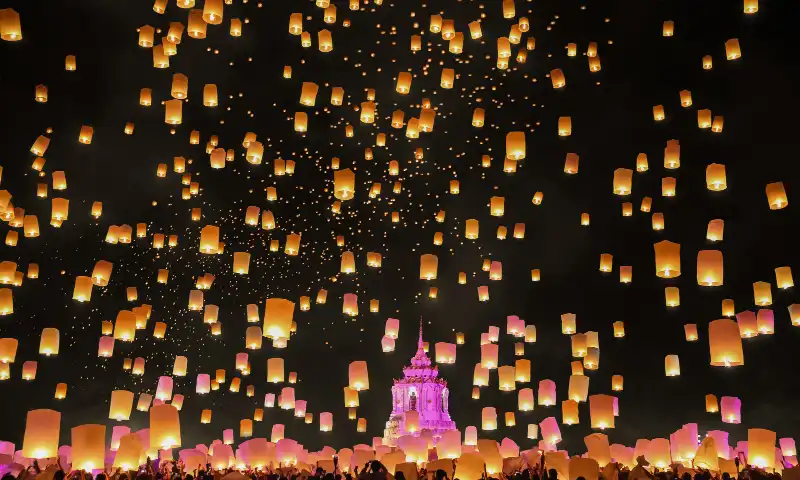|
Getting your Trinity Audio player ready...
|
Ok, I admit it. From time to time, I find a few things more interesting than other people. Delve into the distinctive treasures of Kappabashi Street, home to remarkably lifelike food models. Crafted with the needs of travelers in mind, these models act as invaluable companions, aiding you in identifying menus across the globe, especially in places where the local language might be unfamiliar. These faux foods are great companions to menus and a cool souvenir from your travels to Japan. Kappabashi Street has become an off-the-beaten-track attraction for tourists looking to mingle with the locals, and that’s one of the reasons it made my list of must-sees.

This post is sponsored and/or contains affiliate links, from which I earn a commission at no extra cost to the reader. I appreciate your support and know that all the views expressed are my own.
Kappabashi Street
Haven’t you wondered where restaurants go to get all those fake plates of display foods? You’ll find sushi, soba and udon noodles, king crabs and grilled veggies, shrimp tempura and strawberry cakes as well as western fares like spaghetti, burgers and fries, milkshakes, and icy cold bottle of Budweiser.

A Leader in Japanese Restaurant Supplies
More than 80,000 stores around the world go to Kappabashi Street for all those sometimes believable looking plates of plastic and wax food. any you can too. You can also buy pots and pans, knives, paper lanterns, and ovens– everything that is except fresh food.
Some of it will make you hungry, so you probably shouldn’t go on an empty stomach. I especially liked the burgers and ice cream cones.
Kappabashi-dori’s (dori is the Japanese word for street) history goes back to the early 20th century. A century later, Kappabashi-dori is the world’s leading supplier of plastic food, display cases, and Japanese restaurant supplies.


Folklore & Sea Monsters
Kappabashi Street is named after a folkloric tale told to children to warn them of the dangers of sea creatures and the rivers they reside in. You’ll see images of the kappa all over the street, a sort of mascot to the vendors.
Kappa, or water demons, are considered both mischievous and malevolent and reside in the rivers all over Japan. The child-sized Kappa, or ‘river child’ occasionally jumps out of its watery lair to pull pranks, as well as attack women. It seems an odd protector for a street that doesn’t straddle a river.
However, the legend states that these creatures helped build a bridge over the Shinhorikawa River embankment joining this area to the rest of Tokyo more than 200 years ago making it possible for the area to develop into the biggest shopping area for kitchen supplies in all of Japan.
Great Place to Souvenir Shop
The street is four or so blocks long and is also referred to as kitchen town. You don’t have to be a restaurateur to purchase on Kappabashi Street. You can buy magnets, key chains, and other small, but pricey souvenirs to remember your experience.

Located between the Asakusa and Ueno Districts
Kappabashi Street lies between the Asakusa and Ueno districts of Tokyo. The closest station is Tawaramachi Station on the Subway Ginza Line, a short walk away, just look for the giant chef atop the building on the corner and turn right. The stores are open every day of the week except Sunday and public holidays from 9-5 pm.
Like it? Pin it!
Thank you for reading this post, don't forget to subscribe!
Discover more from Duffel Bag Spouse Travels
Subscribe to get the latest posts sent to your email.



